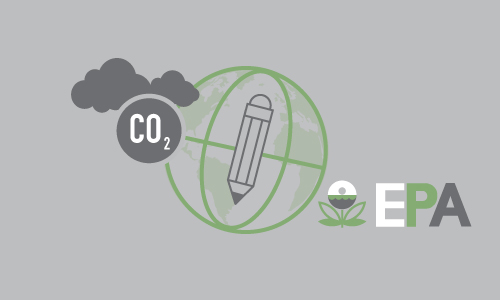A group of 364 environmental organizations has petitioned the Environmental Protection Agency (EPA) to revise current emission standards. The proposed revisions target petro-plastic production and are centered on sections 111 and 112 of the Clean Air Act (CAA).
If passed, these revisions could seriously affect pollution control practices amongst plastic manufacturers. The EPA is currently reviewing the petition. If the agency decides to take action, these updates will become law.
What Are Sections 111 and 112 of the Clean Air Act?
The Clean Air Act was established in 1970 to regulate emissions of mobile and stationary sources. Sections 112 and 111 refer to facility categorization and air pollution control standards within the Act.
- Section 112 of the CAA pertains to hazardous air pollutants and sets standards on 189 compounds. The section was amended in 1990 to increase regulations on major and area sources. The amendment instructs the EPA to establish emission standards for major sources ‘that require the maximum degree of reduction in emissions of hazardous air pollutants.’
- Section 111 refers to standards of performance and regulates mechanisms of reducing emissions caused by new stationary sources. The EPA regularly updates these measures and has a certain degree of discretion when it comes to expanding existing standards. For example, the section states that categories of sources are added if, in the administrator’s judgment, the source ‘contributes significantly to air pollution which may reasonably be anticipated to endanger public health or welfare.’
What Are the Changes Proposed in the Petition?
The changes outlined in the petition range from categorization updates to equipment specifications. Regulations on work processes, monitoring requirements, recording specifications, as well as other processes that impact the environment would be affected under the proposed petition. The petition’s advocates outline five regulatory changes within the report:
- Re-Categorization of Facilities – The petition requires the EPA to list ethylene, propylene, polyethylene, and polypropylene production facilities as a stationary source. This request would be reflected in Section 111 of the CCA. The petition also asks that the EPA communicates strict standards for nitrogen oxides and other pollutants from sources that produce ethylene, propylene, polyethylene, and polypropylene.
- Zero Emissions for Petrochemical Production – If passed, the new law would require on-site energy to be replaced with renewable energy, lowering greenhouse gas emissions to zero.
- Elimination of Volatile Organic Compounds (VOCs) – The EPA’s New Source Performance Standards would be updated to include petro-plastics production and require new facilities to effectively eliminate VOCs and other pollutants.
- Elimination of Hazardous Air Pollutants – An update to the Generic Maximum Achievable Control Technology Standards for Ethylene Production would require new and existing facilities to effectively eliminate hazardous air pollutants from their emissions.
- Protection for Impacted Communities – The petition requests an update to the New Source Performance Standards and National Emissions Standards for Hazardous Air Pollutants to reflect stricter protections for local communities. These protections include the utilization of advanced detection and control technologies.
The petition’s primary objective is for the EPA to update emission control standards for facilities that convert fossil fuels into plastics. If the EPA approves the changes, facilities will be forced to turn to new and updated pollution control technologies in order to meet tighter regulations.
Additional EPA Resources:
Staying EPA Compliant With Proper Abatement Equipment Maintenance
Why Regular Maintenance of Pollution Control Equipment Can Improve Efficiency
States to Play a Bigger Role in EPA Compliance and Enforcement
The Current and Future Challenges Surrounding Air Pollution Abatement





